Apply for a FREE profile. Unlock your behavioural sight and improve your impact.
Team Dynamics Assessment Tool
Team dynamics are defined as the unconscious psychological interactions between team members that have a considerable effect on the way a team works. These mysterious interactions can undermine team effectiveness and are often the unspoken reason why seemingly content workers choose to pursue other opportunities. The C-me team dynamics assessment tool can enable managers and team leaders to gain insight into those previously hidden dynamics in order to mitigate their effect.
The forces that govern our interactions with others are often unspoken. Most of the time there is no need to try and decipher them, but in the workplace, it is essential for managers and team leaders to understand team dynamics to the best of their ability. The C-me colour profiling system and team dynamics assessment tool can reveal hidden dynamics and quantify them using our easy-to-understand colour coding system.
- ✅ Improve team-wide performance by 32%
- ✅ Reduce employee churn by 20%
- ✅ 53% increase in effectiveness of internaland external communications

Loved by effective companies of all sizes




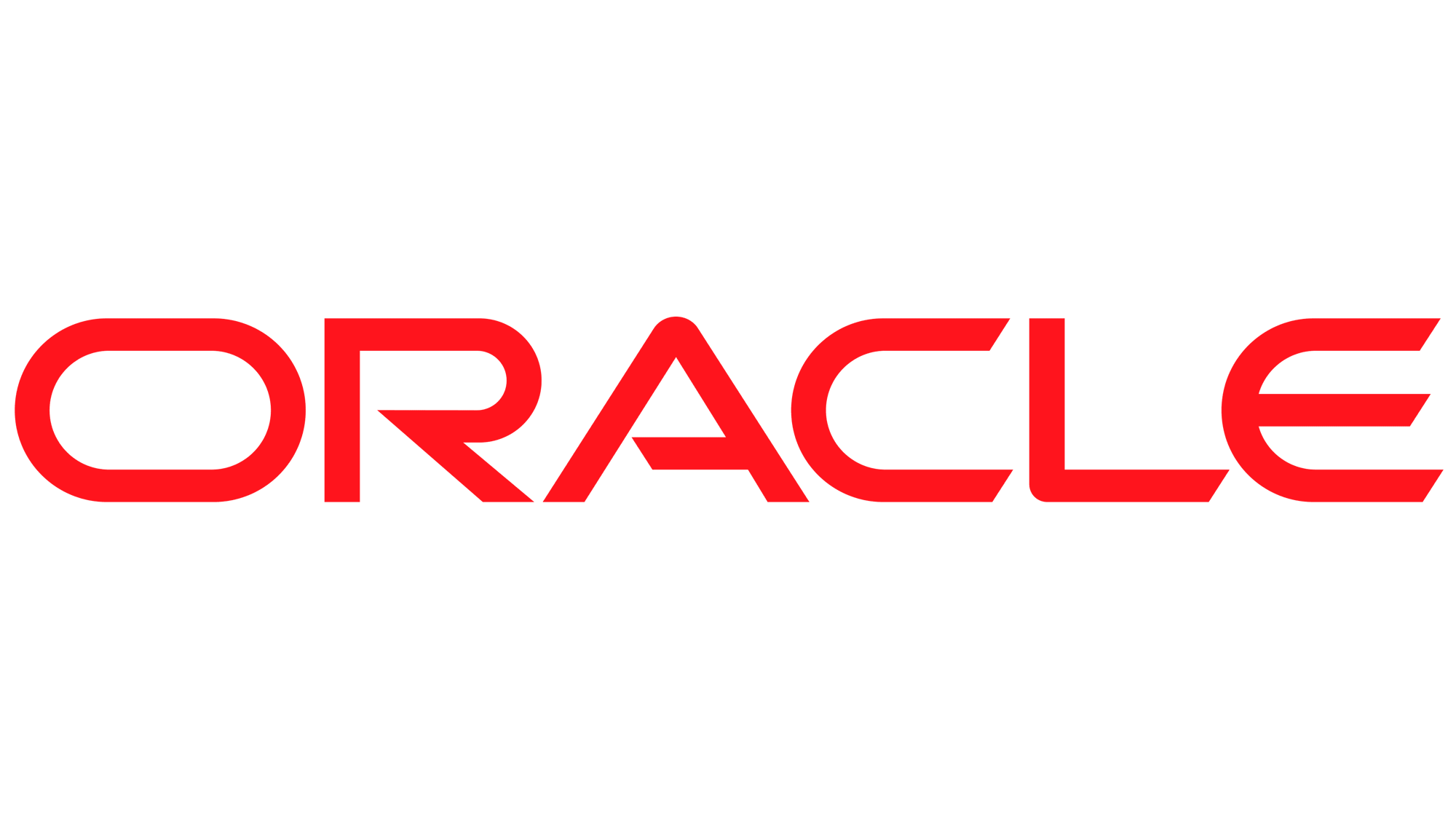
How it Works, What it Reveals
The C-me team dynamics assessment tool is one aspect of the C-me colour profiling system that has taken businesses and institutions nationwide by storm. Our groundbreaking, behaviour-based assessment tool provides crystal clear insights into everything from motivational drivers to team dynamics and much more. With the C-me team dynamics assessment tool, you will:
- Be able to assign an easy-to-understand colour code to various interactions enabling team members to gain insight into key aspects of team functioning and make requisite adjustments.
- Identify areas where the team leader is being undermined by counterproductive dynamics between team members.
- Create a single data source that encapsulates complex interactions both overt and covert and be able to use it to drive discussions about team dynamics.
- Be able to root out previously mysterious reasons why certain team members seem to be underperforming.

Why people love C-me

“Training materials and support supplied by the c-me team has allowed us to deliver the c-me principles in a simple, fun and memorable way.”


“C-me has given us valuable insight into potential group dynamics as well as a starting point to construct meaningful questions”

“C-me is an enabler to support everyone at LMG to be more aware, involve the right people and to create a solution approach.”


“C-me has helped enable our teams in understanding and appreciating difference.”
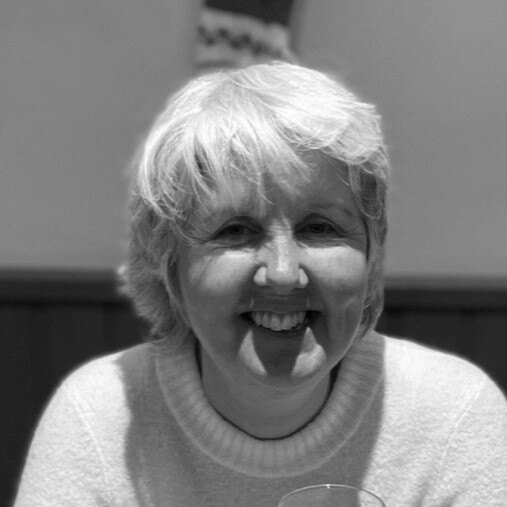

“It helped us appreciate each other’s communication preferences better, and understand and avoid previous areas of misunderstanding.”
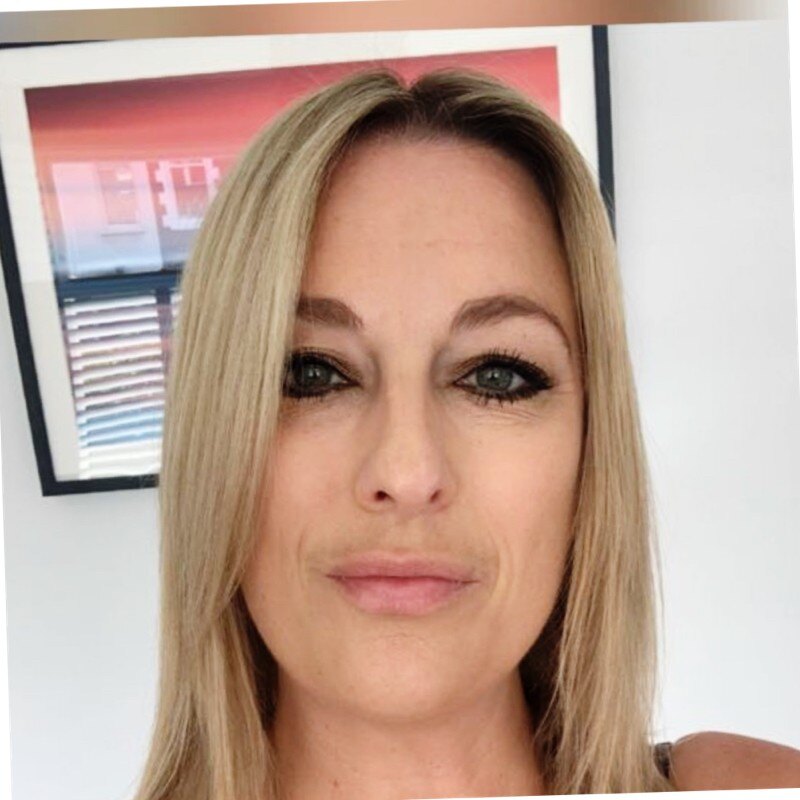
“Participants on the course state that they are more measured in their responses and have a greater understanding of peoples behaviour.”

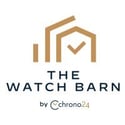
“C-me has coloured our working world and improved our working relationships.”


“C-me has been a critical tool to enhance our new performance review process.”

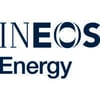
“The great strength of C-me is its accuracy and its simplicity to use.”
About C-me
The team behind C-me spent many years coaching and assessing individuals and teams in a variety of industries. What they discovered was that personality-based assessment tools were woefully inadequate. As a result, they set out to create a more reliable and insightful assessment tool based on behaviours and the result was the paradigm-shifting C-me colour profiling system.

Learn More About the C-me Team Dynamics Assessment Tool
Businesses and institutions cannot afford to be undermined by unspoken dynamics between team members. The C-me team dynamics assessment tool shines a light on previously mysterious interactions enabling you to mitigate their effect and promote greater harmony. To learn more contact C-me on +44 (0)1225 721971 or write to us using our Contact Form.

What our clients say about us

C-me has been a really useful tool; using them to not only develop our own self-awareness, but also learn how to communicate better as a team has been really invaluable.


The impact C-me profiles have on teams and the organisation as a whole has been fascinating and refreshing. Individuals have shown more empathy, inclusivity and understanding of their colleagues, creating a happier and more productive culture. I would feel confident in recommending C-me as it creates a shared language for discussing behaviour and difference.


WDC, Whale and Dolphin Conservation began using C-me as a tool for improving communication across our international senior leadership team. It helped us appreciate each other’s communication preferences better, and understand and avoid previous areas of misunderstanding. We have now started to roll C-me out across the UK organisation, putting it into our Onboarding process to help teams communication effectively and appreciate each other’s contribution.


While difficult to quantify in %'s, I notice a greater awareness of why conflict can happen and what team members might need to work effectively once employees understand the colour preferences. Participants on the course state that they are more measured in their responses and have a greater understanding of peoples behaviour.


We pride ourselves on collaborating across departments, and C-Me allows us to enhance that process through a shared understanding of each other's working preferences...

Team Dynamics Assessment Tool FAQs
What Is the Team Dynamics Assessment Tool?
The tool reveals unconscious behavioural interactions within a team, those influences that are rarely spoken of but deeply affect how people work together. It allows managers and team leaders to surface hidden dynamics, understand how motivation and behaviour patterns drive conflict or cooperation, and improve team effectiveness.
How Does It Reveal What’s Hidden?
Through a behaviour-based profiling system, the tool identifies patterns in how team members interact under different conditions, with leadership, under stress, or during collaboration. These insights are translated into a clear, colour-coded framework that clarifies what people tend to do, how those behaviours combine, and where misalignments are likely. It’s not about labelling individuals, but about making team behaviour transparent so it can be improved.
When Is It Most Useful?
This tool works best in situations where team performance isn’t meeting expectations, but root causes aren’t obvious. For example:
- Teams facing communication breakdowns where people misinterpret each other’s intentions
- Situations where conflict emerges not because of competence but because of friction in styles or working preferences
- Leadership teams that want to increase influence and cohesion
- Organisations undergoing change, merger, or rapid growth, when dynamics shift and new alignment is needed
It’s less useful for evaluating technical skill or task-specific capability, those are better served by other assessments.
What Kind of Improvements Can Teams Expect?
Using the tool often leads to measurable and qualitative improvements. Clients regularly report better clarity in roles, fewer misunderstandings, and more trust among team members. Communication tends to improve both internally and externally. Leaders find it easier to traverse tension because they understand the “why” behind behavioural friction. Over time, morale and engagement often increase because people feel heard and understood.
What Does the Process Look Like?
The typical journey goes something like this:
- Team members complete an online questionnaire—behaviour and interaction focused.
- Results are compiled into an aggregated team profile.
- Facilitated feedback sessions are held with leaders and the full team to explore findings.
- Actionable strategies are developed together: adjusting communication norms, clarifying role interactions, or changing meeting practices.
Support materials and coaching may be offered to embed those strategies into daily work.
How Long Does It Take and What Support Is Offered?
Depending on team size, completing the questionnaire typically takes 30-60 minutes per person. Within a few business days, the aggregated profile is ready. Feedback sessions are arranged as needed, from a couple of hours to half-day team workshops. After the assessment, support is often available via coaching or follow-ups to help maintain progress.
Can There Be Challenges or Misinterpretations?
Yes, this kind of assessment requires care. Potential pitfalls include:
- If results are shared without sensitivity or context, individuals may feel “judged” rather than understood
- Teams may focus too heavily on dysfunction rather than potential; action must be constructive
- Using "fit" language loosely can unintentionally discourage diversity of style
- Without ongoing follow-through, insights can fade and dynamics revert to old patterns
Contact our sales team
We’re happy to answer any questions and show you how C-me can enhance your team's communication, improve collaboration, and foster better leadership development.
-
Schedule a consultation
-
Schedule a consultation
-
Schedule a consultation

